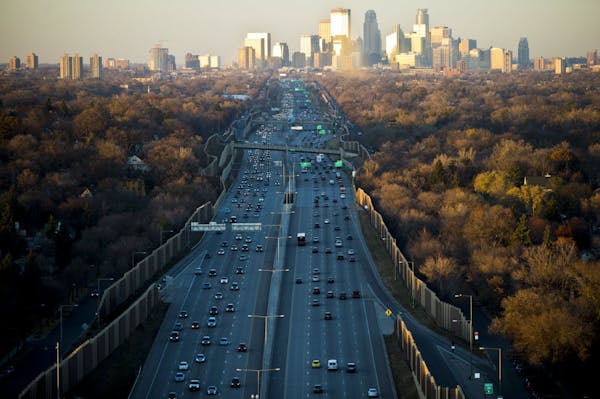It cost an average of $693 to insure a car in Minnesota in 2010, well below the national average of $791.
That ranks Minnesota No. 32 for auto insurance costs, according to a new report by the Consumer Federation of America. But the price tag has risen 51 percent since 1989, close to the median 56 percent increase among the 50 states.
The report examines what's happened to car insurance prices since California passed a 1988 proposition that broadened the state's enforcement role over property and casualty insurers. The authors concluded that states with stronger regulatory systems requiring approval of rate hikes before insurers can use them, such as California, have kept costs down better than states with weaker systems, such as Minnesota.
Minnesota's so-called file and use system requires insurers only to file their rate changes with state regulators before they use them; approval isn't required.
California is the one state where the average cost of a car insurance policy fell since 1989. If every state adopted California's approach, U.S. consumers could save more than $350 billion over the next decade and still allow insurance companies "reasonable profitability," the report concludes.
Profitability of auto insurance varies by state, but the average profit margin on the lines in Minnesota between 1989 and 2011 was 10.4 percent, the report said. The profit margin averaged 12.1 percent in California.
The Consumer Federation's report didn't sit well with the Insurance Federation of Minnesota, which represents property and commercial insurers.
Spokesman Mark Kulda slammed it as simplistic and biased. California's regulations are onerous, he said, and the study ignores key differences between states that affect costs.
One, he said, is that different states have very different liability limits on policies, he said. Minnesota has a mandated minimum liability limit of $30,000 per person per accident, or $60,000 per accident if there's more than one person in the vehicle. It's half that in California, meaning insurers pay out less there.
The report's authors said such liability limits have generally been consistent over the years and shouldn't affect the cost trend over time.
Kulda also noted that car insurance has gone up much less than overall inflation since 1989, and that Minnesota drivers actually pay less for car insurance now than they did in 2003, when the average auto policy cost $809. Kulda attributed the recent declines to improvements in auto technology, which he said have had a dramatic impact on claims costs.
"I think auto consumers are getting a pretty good deal," Kulda said.
State Farm, the state's largest auto insurer, declined to comment.
A spokeswoman for the state Department of Commerce, which regulates insurers, issued a statement Wednesday applauding the report as "good information for insurance policymakers to examine the best alternatives."
"The Commerce Department will look at ways to have stronger scrutiny even within the file-and-use system adopted by the Legislature here, and we remain dedicated to protecting consumers," it said.
Jennifer Bjorhus • 612-673-4683
